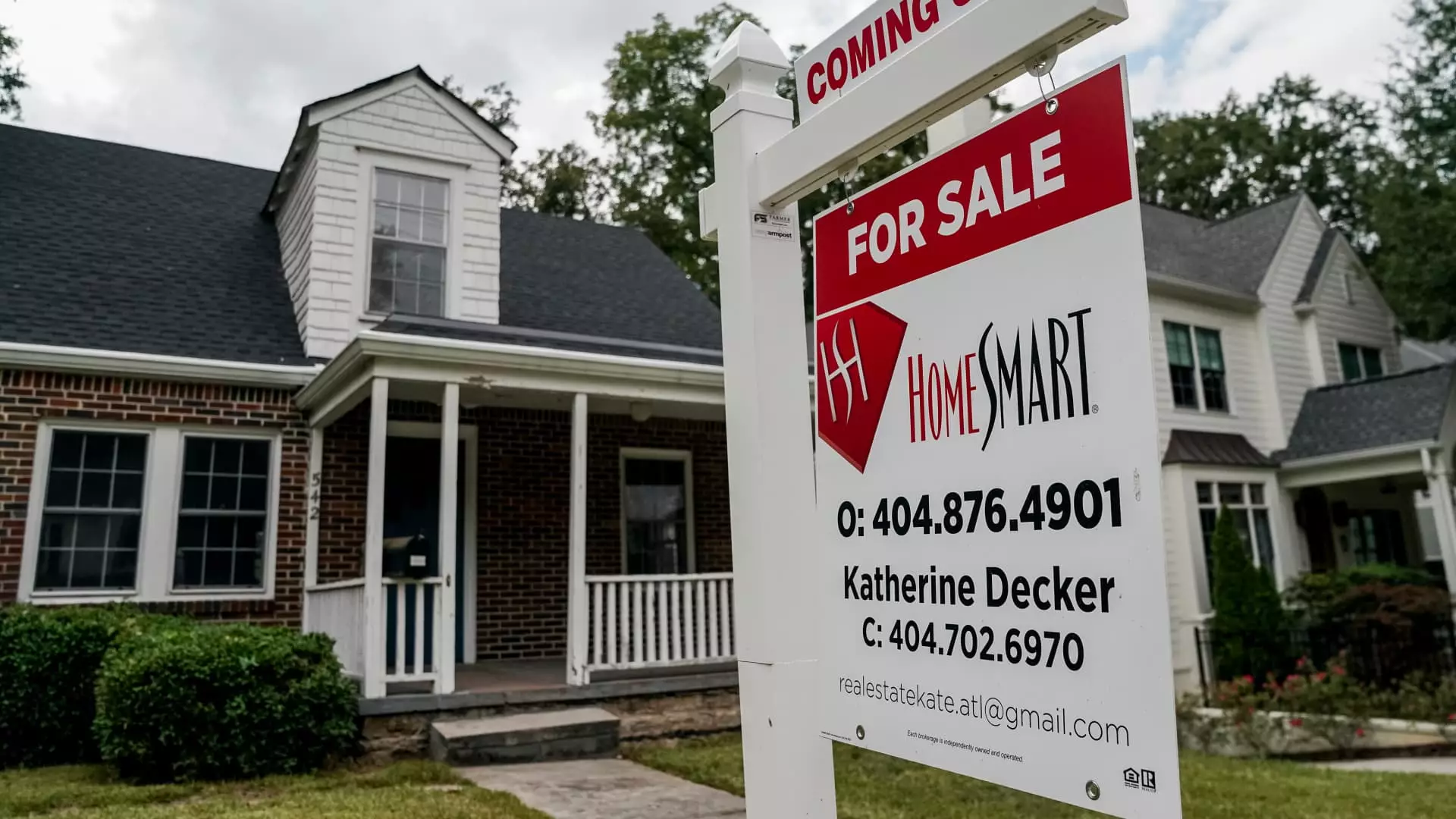In recent weeks, mortgage rates have seen an upward trajectory, marking the fourth increase in five weeks. This shift has brought about significant implications for prospective homeowners and those looking to refinance existing loans. According to the Mortgage Bankers Association, the latest data indicates that total mortgage application volume remained relatively stable, with a slight decline of 0.1% compared to the previous week. The average interest rate for 30-year fixed-rate mortgages, particularly those with conforming loan balances of $766,550 or lower, has risen to 6.73%, up from 6.52%. This increase, coupled with points rising to 0.69 from 0.64, highlights the challenging environment for new borrowers, as these rates represent the highest levels seen since July of this year.
As mortgage rates continue their ascent, refinancing applications have taken a noticeable hit, dropping 6% week-over-week. Despite this decline, it’s crucial to note that refinancing applications are still substantially higher—up 84% from the same period last year—when the average 30-year fixed rate was considerably higher by 113 basis points. This anomaly underscores the temporary spike in refinancing interest that many homeowners experienced earlier this year. Joel Kan, an economist with the Mortgage Bankers Association, pointed out that the volatility in interest rates has contributed to a 27% overall decrease in applications, heavily influenced by the drop in government refinancing, which fell by 12% last week.
Conversely, the real estate market shows a different narrative in terms of new home purchases. Applications for mortgages to buy homes have increased by 5% over the last week and stand 10% higher than a year ago. Many real estate agents have reported a rising interest among homebuyers, driven in part by an increase in available homes for sale. Some prospective buyers appear motivated to secure mortgage rates before potential fluctuations around the upcoming Election Day. This trend illustrates a growing recognition among consumers that current rate levels may represent an advantageous buying opportunity, even amidst rising costs.
As we head into the second half of the week, market analysts continue to caution about potential volatility amid external factors, particularly those linked to the political climate and broader economic indicators. A separate survey from Mortgage News Daily indicated that average 30-year fixed rates have risen above the 7% mark, intensifying concerns among buyers. Matthew Graham, Chief Operating Officer at MND, noted that the potential for daily fluctuations remains high in the near future. Buyers must remain vigilant and flexible in this unpredictable landscape, as timing their mortgage applications could substantially affect their financing options.
The current landscape of mortgage financing is characterized by rising rates affecting refinancing and invigorating the home purchase market. While some segments show resilience, the overarching volatility presents challenges that both buyers and sellers must navigate in order to make informed decisions. Keeping a close eye on rate trends and broader economic signals will be essential for navigating this evolving market successfully.

